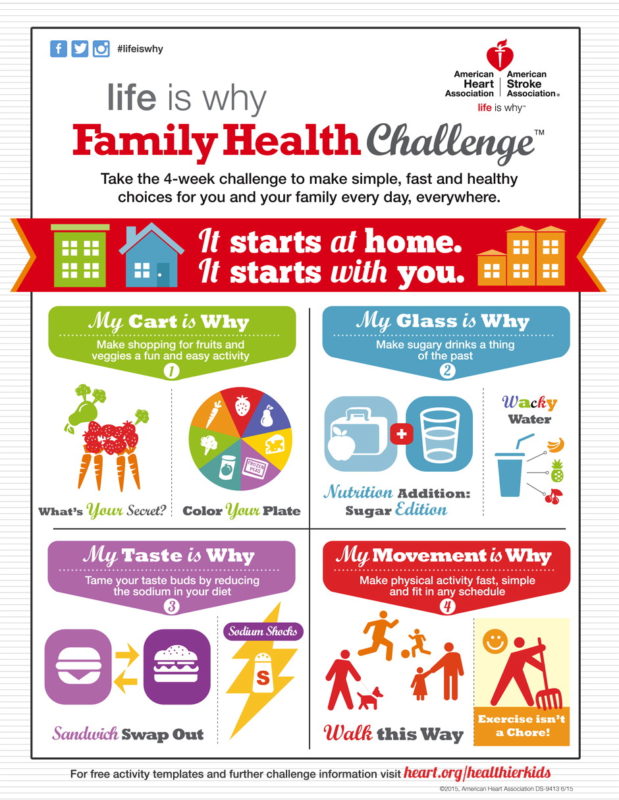This Week Join the AHA’s Color Your Plate Social Media Challenge!

In case you hadn't heard September is National Childhood Obesity Awareness Month! That means that parents, teachers, students, and individuals throughout the country like YOU have a special opportunity to take part in a national movement to stand for the health of children. Latino children are especially at risk for becoming overweight or obese so our aim at Salud America! is to equip concerned individuals with the resources they need to reverse the trend. Because obesity affects health in numerous ways (both during and beyond childhood) the American Heart Association (AHA) has created a month long campaign to help you raise awareness of the issue in your own community! The AHA's month long Life is Why Family Health Challenge™ campaign will give you the opportunity to share ...
Read More



